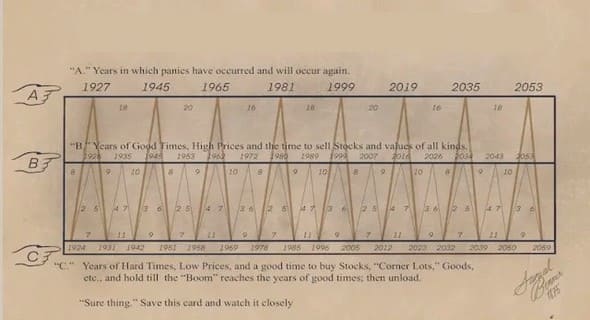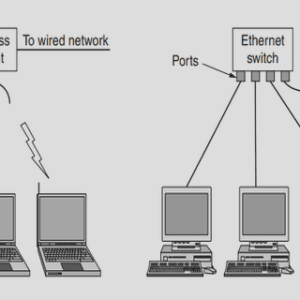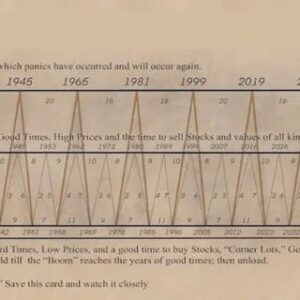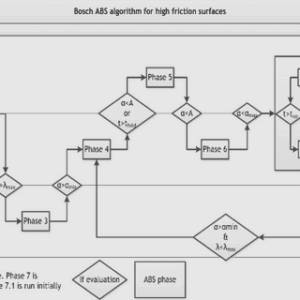(Downloads - 0)
For more info about our services contact : help@bestpfe.com
Table of contents
CHAPTER 1: EXPERIMENTAL AND THEORETICAL BACKGROUND OF ATOM LASERS
1.1 GENERAL OVERVIEW OF ATOM LASERS
1.1.1 Background
1.1.2 An Analogy with Optical Lasers
1.1.3 Definition of an ’Atom Laser’
1.2 ATOM LASER OUT-COUPLING TECHNIQUES
1.2.1 Non-State Changing Out-coupling
1.2.2 State Changing Out-coupling
1.2.3 Radio-Frequency Output Coupling
1.2.4 Raman Output Coupling
1.3 RESONANT WIDTH OF THE CONDENSATE
1.3.1 Gravitational Sag
1.3.2 Resonant Frequency Width
1.4 RABI-FREQUENCY AND THE DIFFERENT OUT-COUPLING REGIMES
1.4.1 Output Coupling Strength
1.4.2 Pulsed and Quasi-Continuous Output Coupling
1.4.3 Out-coupling regimes
1.5 CONCLUSION
CHAPTER 2: RUBIDIUM CONDENSATE AND RAMAN BEAMS
2.1 EXPERIMENTAL SETUP TO PRODUCE BEC
2.1.1 Atomic structure of 87Rb
2.1.2 Laser system
2.1.3 Vacuum system
2.1.4 2D MOT
2.1.5 3D MOT
2.1.6 Transfer to a magnetic trap
2.1.7 Transport by a Translation Stage
2.1.8 QUIC Trap
2.1.8.1 Transfer to the QUIC Trap
2.1.8.2 Optical Imaging
2.1.8.3 Trap Frequencies
2.2 EXPERIMENTAL SETUP TO PRODUCE RAMAN BEAMS
2.2.1 Optical setup
2.2.2 Adjusting the polarization of each of the beams
2.3 CONCLUSION
CHAPTER 3: DIVERGENCE OF AN ATOM LASER
3.1 M2 QUALITY FACTOR
3.2 OUT-COUPLING FROM THE CENTER OF THE BEC
3.3 REDUCING THE DIVERGENCE OF THE ATOM LASER
3.4 THEORETICAL MODEL OF THE EXPERIMENT
3.4.1 The model
3.4.2 Data analysis
3.5 DEPENDENCE ON TRAPPING FREQUENCIES
3.6 CONCLUSION
CHAPTER 4: COHERENT ATOM BEAM SPLITTING
4.1 OVERVIEW ON BRAGG DIFFRACTION
4.2 DIFFRACTION FROM A SINGLE LASER BEAM
4.3 A VELOCITY RESONANT PROCESS
4.3.1 Theoretical Model
4.3.2 Experimental measurement
4.4 BRAGG DIFFRACTION EFFICIENCY
4.4.1 Measurement
4.4.2 Theoretical Model
4.5 CONCLUSION
CHAPTER 5: RF OUT-COUPLING FROM TWO- AND MULTI-LEVEL SYSTEMS
5.1 THEORETICAL MODEL
5.1.1 Time-dependent Gross-Pitaevskii Equations (GPE)
5.1.1.1 GPE for a condensate
5.1.1.2 GPE for a multi-level system
5.1.1.3 Dimensionality reduction
5.1.1.4 Initial conditions
5.1.2 Numerical method
5.1.2.1 The grid
5.1.2.2 Results of the simulations
5.2 EXPERIMENTAL COMPARISON OF THE MODEL
5.2.1 Bound state of an atom laser
5.2.2 Spatial structure of an atom laser
5.3 COMPARISON OF TWO- AND MULTI-STATE SYSTEMS
5.3.1 Flux of the atom laser
5.3.2 Population dynamics
5.3.2.1 Five-state system
5.3.2.2 Three- and two-state systems
5.3.3 Spatial dynamics
5.3.4 Density fluctuations
5.3.4.1 Five-state system
5.3.4.2 Three- and two-state systems
5.3.5 Flux and fluctuations trade-off
5.4 CONCLUSION
CHAPTER 6: HELIUM BEC: EXPERIMENTAL SETUP
6.1 THE METASTABLE HELIUM ATOM 4He∗
6.1.1 The metastable 23S1 triplet state
6.1.2 Penning collisions
6.2 EXPERIMENTAL SETUP
6.2.1 Vacuum system
6.2.2 Optical Setup
6.2.3 The source of atoms
6.2.4 Collimation-Deflection
6.2.5 The Zeeman Slower
6.2.6 Channel Electron Multiplier (Channeltron)
6.2.7 The MOT
6.2.8 Magnetic trap and evaporative cooling
6.3 CONCLUSION
CHAPTER 7: OPTICAL TRAPPING OF 4HE ATOMS
7.1 OPTICAL DIPOLE POTENTIALS
7.1.1 Oscillator Model
7.1.1.1 Interaction with a light field
7.1.1.2 Atomic Polarizability
7.1.1.3 Dipole Potential and Scattering Rate
7.1.2 Dressed State Picture
7.1.2.1 Two-Level Atom
7.1.2.2 Multi-Level Atom
7.2 RED-DETUNED DIPOLE TRAP FOR HE∗
7.2.1 Single Gaussian Beam
7.2.2 Crossed Dipole Trap
7.2.3 Experimental Layout
7.2.3.1 Light Source
7.2.3.2 Output Beam Waist
7.2.3.3 AOM efficiency
7.2.3.4 Lens focussing
7.2.3.5 Loading an optical dipole trap
7.3 INELASTIC COLLISION RATES IN A GAS OF SPIN-POLARIZED METASTABLE HELIUM ATOMS
7.3.1 Spin-dipole Hamiltonian
7.3.2 Spin relaxation
7.3.3 Spin relaxation towards Sf = 2
7.3.4 Spin relaxation towards Sf = 0
7.3.5 Inelastic collision rates and magnetic field dependence
7.3.6 Future experiment
7.4 CONCLUSION
CHAPTER 8: NOVEL ATOM TRAP FOR HE ATOMS IN OPTICAL LATTICES
8.1 PERIODIC LATTICE POTENTIALS
8.1.1 Overview
8.1.2 Quantum Phase Transition from a Superfluid to a Mott Insulator
8.1.2.1 Bose-Hubbard Model
8.1.2.2 Superfluid-Mott Insulator quantum phase transition
8.1.3 New insight with metastable helium atoms
8.2 NOVEL ATOM TRAP
8.2.1 Experimental challenge
8.2.2 Optical lattice requirements
8.2.3 Coil and beam geometry
8.2.4 Trap simulations
8.2.5 Electric circuitry
8.2.5.1 Wiring circuit
8.2.5.2 Water cooling
8.3 CONCLUSION
BIBLIOGRAPHY




